Around the United States, nail biting is an incredibly widespread problem. In fact, more than fifty percent of the population – from young to old, from men to women – engages in this detrimental habit. Officially referred to as onychophagia, nail biting is considered a disorder since it is an impulse the individual feels compelled to act upon. These nail-biting episodes can damage skin and nails, as well as provide a channel for germs and bacteria to spread.
It is thought that anywhere from 25-45% of youth are affected by nail biting, and this figure can differ based on age. This behavior is more common among children than adults, as the mind of a developing individual is still learning how to cooperate with tension and apprehension. If a family has someone who habitually gnaws on their nails, the probability that the same behaviour will occur in the younger members of the family increases significantly. Additionally, scientific research has connected nail biting with mental health issues such as depression, distress, and obsessive compulsive disorder.
Nail biting is usually a subconscious response to thoughts and emotions such as stress, frustration, boredom and anxiety. This could be seen as an attempt to process internal feelings in order to cope with the external world and challenging circumstances. Oftentimes, this behaviour extends from unresolved matters and difficult emotions that are hard to confront.
Despite its immense popularity, many are still unaware of the worst-possible scenario related to nail biting. Going through this process can not only leave you with broken and split nails, but also cause bleeding and other physical problems from the germs transmitted. But this bad habit does not only have physical repercussions; emotional ones as well, such as low-self confidence, guilt or shame. As a result, taking care of your nails should be taken just as seriously as caring for your body and mind.
Those wishing to kick the nail-biting habit can find support in several different methods. One popular tactic is to set up a reward system that encourages abstaining. Pungent-tasting nail polishes also act as an effective deterrent, as do trimmed nails, which leave little skin to be chewed upon. For more substantial results, regular visits with a therapist may be warranted in order to explore the underlying drivers of this behavior and develop more lasting solutions.
Despite being seen as an undesirable habit, nail biting is nevertheless widely shared by people of all ages. It can cause various physical and psychological issues, but fortunately, there are options to counteract the urge. Possibly the most effective treatment includes establishing a rewards system, coating nails with nail polishes containing bitter flavors, and keeping nails trimmed. Talking to a skilled therapist or counselor is also good advice in treating the root causes of nail biting and devising strategies for overcoming it.
Onychophagia, or nail biting, is remarkably widespread amongst adults and children alike. Though typically viewed as a natural vice, it can bring with it various physical and mental health consequences. This article will delve into the ubiquity of nail biting, the risks associated with it, and break down the ways to overcome the habit.
What Are the Prevalence Rates of Nail Biting?
Nail biting is a classic example of body-focused repetitive behavior, or BFRBs. Estimations suggest that from 30% to 45% of adults and children may be prone to the habit, though it’s challenging to get an exact measurement. Research has indicated that nail biting is more frequent among younger age ranges, and males have a higher chance of developing the issue than females do. Moreover, people who have other BFRBs such as hair pulling or skin picking are more likely to have a nail-biting problem.
Examining the Dangers of Nail Nibbling
Despite being viewed largely as a harmless practice, nail biting can have serious ramifications on one’s physical and mental wellbeing. This habit can cause your nails to become damaged and more vulnerable to infection. Furthermore, it can damage the adjacent skin, resulting in pain and an exacerbation of infection risk. Additionally, nail biting gains entry for germs and bacteria through contact between your fingers and your mouth.
Nail biting is often a sign of stress or underlying anxiety, and this behavior may contribute to feelings of embarrassment in social settings or even mockery from others. It is critical to be aware of the potential issues related to nail biting, and put in the effort to overcome this habit if it is causing any adverse reactions.
Ending the Addiction
Succeeding in ceasing the practice of nail biting can be daunting, yet it is far from unfeasible. To get you on your way, here are some useful pieces of advice:
Unveiling the instigators behind a nail-biting habit can assist in breaking free from this unhealthy behavior. Acknowledge the situations and feelings in your life that have sparked the urge to chew on your nails, so as to avoid similar occurances in the future.
To divert your attention from nail biting, you may find it helpful to keep your hands occupied with activities like coloring, squeezing a stress ball, or doing puzzles.
Keeping your hands covered with gloves can be an effective way to keep yourself from the habit of nail-biting. As it provides a barrier that is difficult to break through, wearing gloves can help you stay away from this compulsive behavior.
Pamper yourself with a manicure in order to garner a more polished appearance for your nails, doing away with the temptation to bite them.
For those hard to break habits, turn to a professional for support: a therapist or counselor can provide the assistance you need.
Nail biting tends to be an all-too-common habit, affecting people of all ages. Although it doubtless seems harmless to the naked eye, this behavior usually leads to detrimental physical and psychological health issues. To cut the habit, try seeking out what causes you to nibble your nails, occupy your hands in other ways, and potentially consult with a specialist.
Related Product
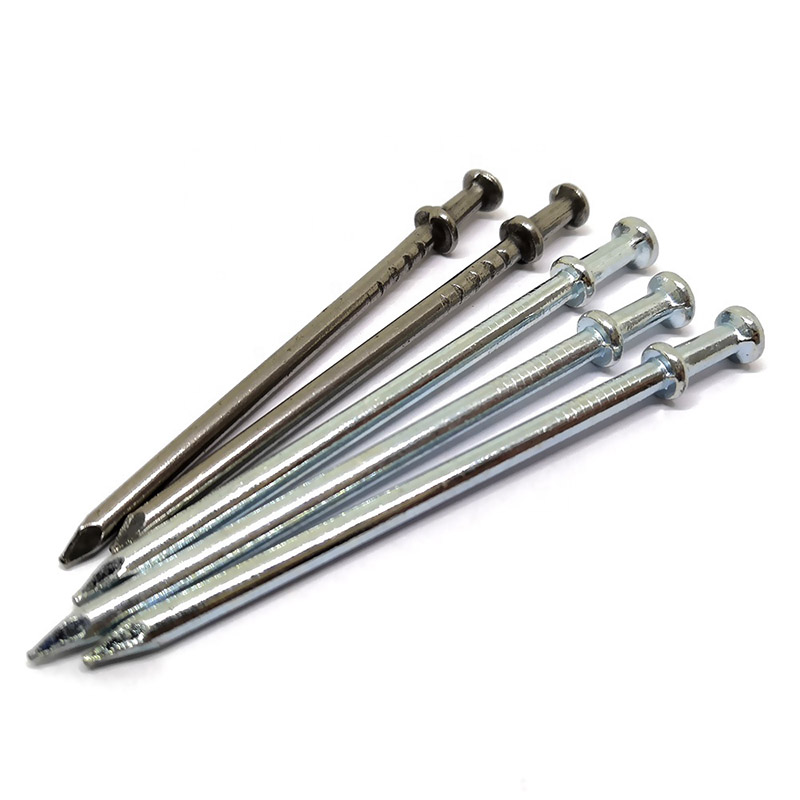
Double Head Nail
Product Information: Material Q195/Q235 Surface Treatment Bright, E.G, H.D.G, M.G, V.C, C.C, P.C and so on Head Two Head Shank Smooth Shank Point Diamond Point Kinds of pa […]

Paper Strip Nail
Product Information: Material Q195, Q235, stainless steel Surface Finish Bright, Galvanized, Hot Dipped Galvaized, Electro Galvanized, Zic Yellow, Zine Bule, MG, Dacro, etc. […]

Black concrete nail
concrete nail with special materials, concrete nails are specialty nails compared with common iron nails. It is harder, the shank is short and thick commonly and it has excellent p […]
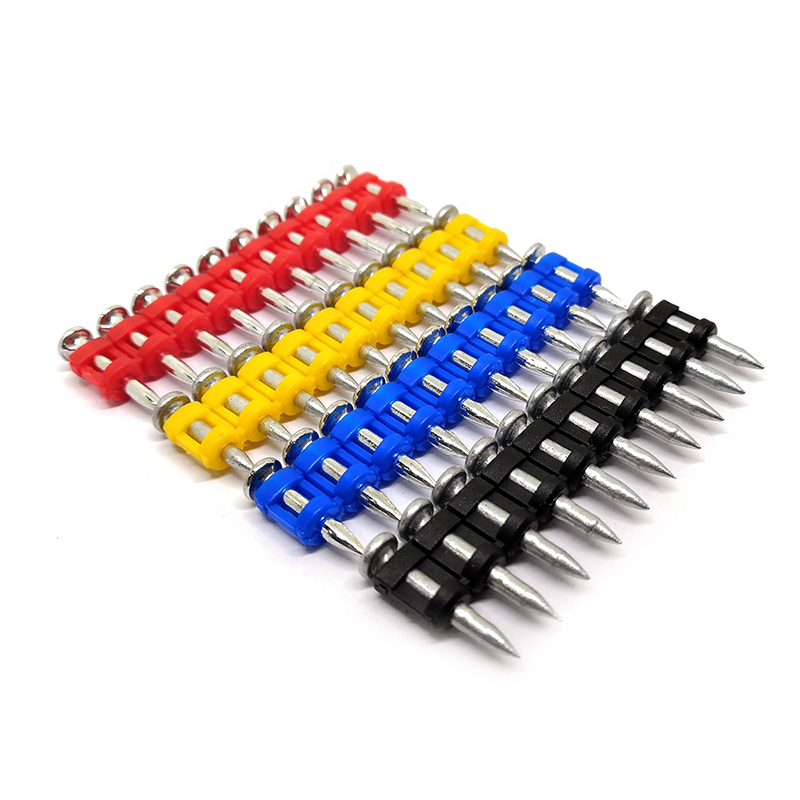
Shooting Nail
Product Information: GAS CONCRETE PIN NAIL raw material steel#45,#60 diameter 2.6mm,2.7mm,3.0mm,3.2mm length 13mm,16mm,19mm,22mm,27mm,32mm,37mm shank smooth shank & shri […]
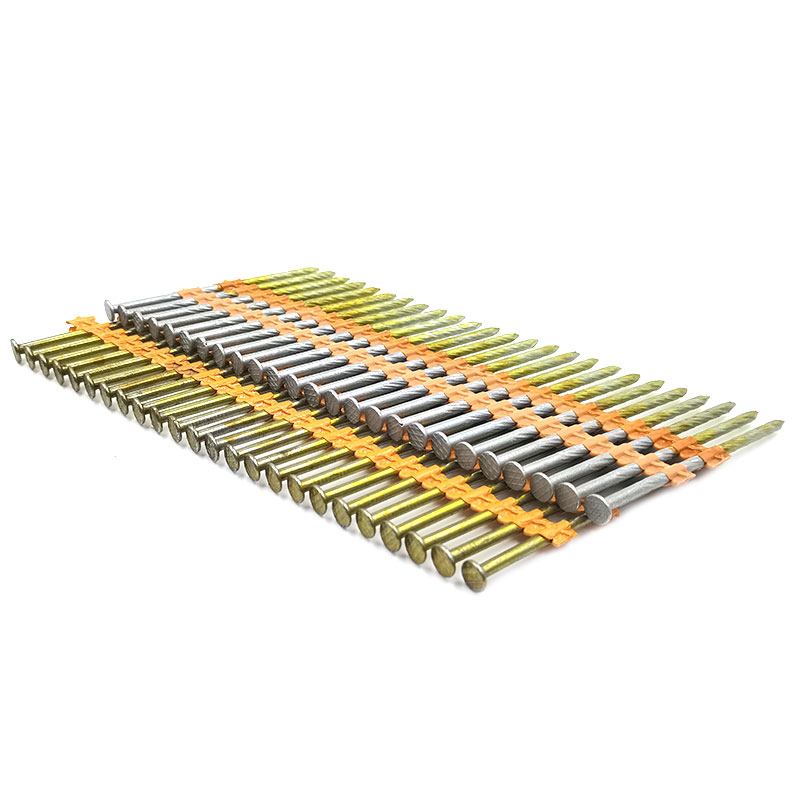
Plastic Strip Nail
Product Information: Diameter/mm(±0.05mm) Length/mm(±1.5mm) 2.87 50/60/65/70/75 3.05 70/75/83/90 3.33 75/83/90 3.76 75/90/100/130 4.11 75/90/100/130 4.5 75/90/100/130 Featur […]
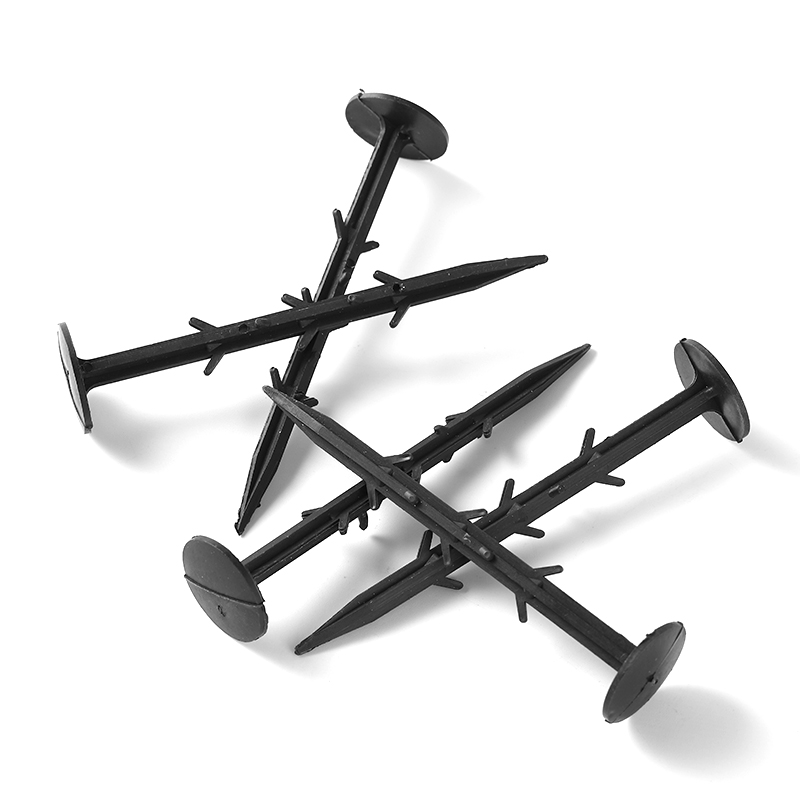
Garden Nail
Product Information: Black or yellow color plastic ground pegs are used for fix the ground cover or woven fabric or fleece on the ground. Material: Virgin PP OR PP +UV stabi […]
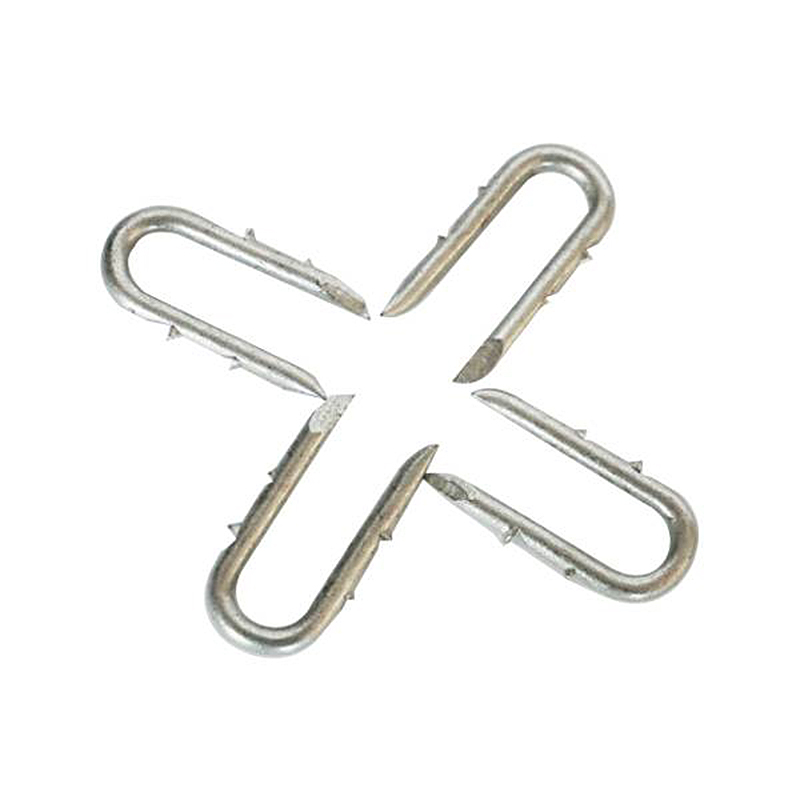
Fence U Nail
Product Information: U TYPE NAIL 1.material: Q195/Q235 Low Carbon Iron Rod 2.shank: smooth shank, single barbed shank, double barbed shank and others 3.Point: side cut point or di […]
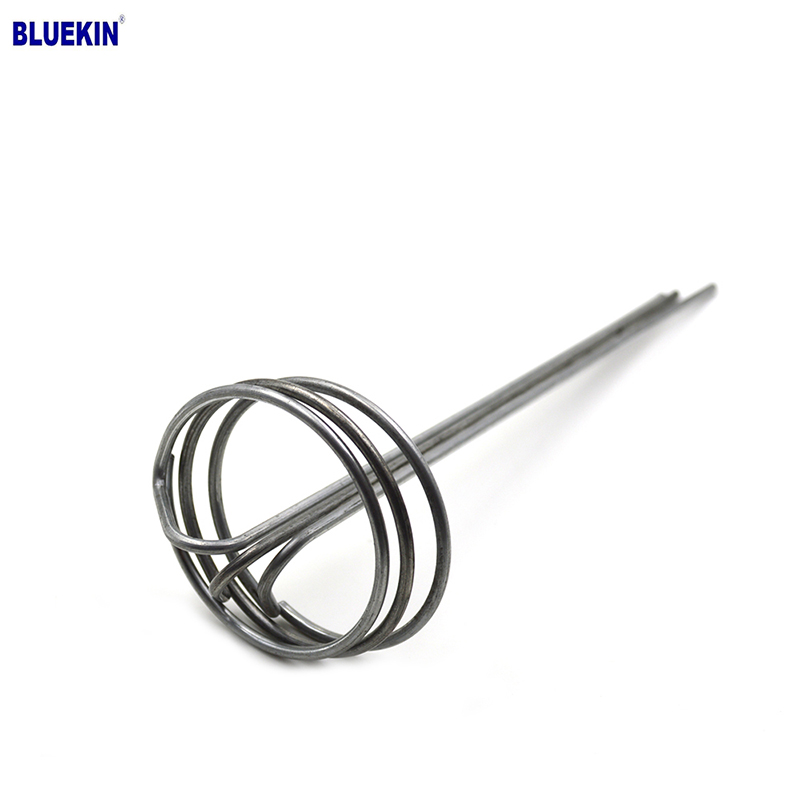
G Sod Staple
Product Information: Product name Sod Staple Material: Q195 /Q235 Size: 3/4X14GA, 3/4X9GA, 7/8X14GA, 1X9GA, 1-1/4X9GA, 1-1/2X9GA, 1-3/4X9GA Type: Round head with smooth shan […]
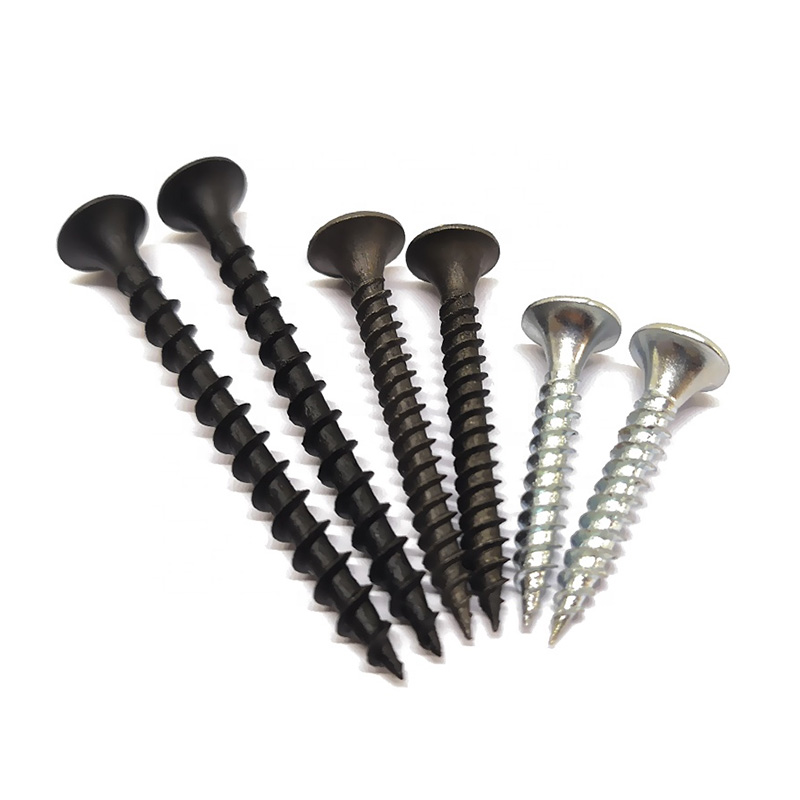
Drywall Screw
Product Information: Product Name Screws Drywall Nail Material Carbon steel C1022a Color Black,Galvanized Standard ISO,GB,DIN,JIS,ANSI,BSW Diameter M3.5-M6.3, 6#-14# Length […]